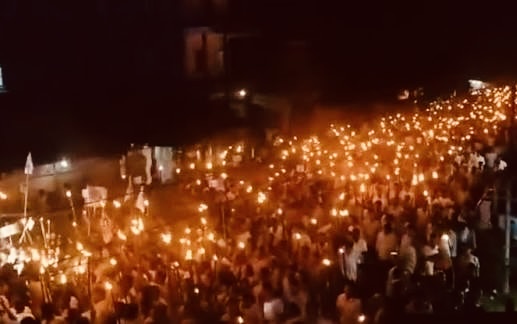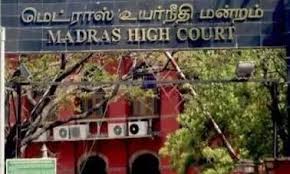Assam Protest
Introduction
In Assam, various indigenous communities, such as the Koch-Rajbongshi and Moran communities, are advocating for inclusion in the Scheduled Tribe (ST) category as defined by the Indian Constitution. They believe that obtaining ST status would enable them to preserve their cultural heritage, avail educational and economic opportunities, and protect their traditional customs. These communities currently encounter socio-economic obstacles, including inadequate representation, limited access to government assistance programs, and challenges posed by demographic shifts resulting from illegal immigration and government policies like the Citizenship Amendment Act (CAA) and the Immigration and Foreigners (Exemption) Order, 2025.
Constitutional Provision for ST Criteria
Under Article 366(25) of the Indian Constitution, a Scheduled Tribe is defined as a tribe or tribal community recognized by the President of India. The President’s Orders, specifically the List of Scheduled Tribes, determine which communities are granted ST status.
Criteria for inclusion in ST List:
The criteria followed for specification of a community as a Scheduled Tribe are:
• Indications of primitive traits.
• Distinctive culture.
• Geographical isolation.
• Shyness of contact with the community at large.
• Backwardness.
Benefits after being included in Schedule Tribe
The followings are the benefits after a community is included in the Schedule Tribe –
• Reservation in educational institutions has been provided in Article 15(4) of the constitution while reservation in posts and services has been provided in Article 16(4), 16(4A) and 16(4B) of the Constitution.
• Specific safeguards have been provided in Article 244 read with the provisions contained in the Fifth and Sixth Schedules of the Indian Constitution.
• Article 243D provides reservation of Seats for Scheduled Tribes in Panchayats.
• Article 330 provides reservation of seats for Scheduled Tribes in the Lok Sabha.
Problems if more communities are added in ST
Currently Assam officially recognizes 16 Scheduled Tribes (ST’s), categorized into two groups: Scheduled Tribes (Plains) and Scheduled Tribes (Hills).
If more communities are to be included in the ST criteria, the following problems may arise –
• Resource Allocation and Economic Impact.
• Administrative and Bureaucratic Challenges.
• Political and Social Tensions.
• Constitutional and Legal Precedents.
Current state in Assam due to protest
Both the Moran and Koch Rajbongshi communities have been agitating for ST status for decades. The BJP-led central government had promised constitutional safeguards to six indigenous communities in Assam – including Moran and Koch Rajbongshi – as early as 2016. However, no conclusive legislation or implementation has materialized to date. With the 2026 Assam Assembly elections approaching, both communities have vowed to intensify their agitation if concrete action is not taken soon. The potential for unrest looms large as the state struggles to balance ethnic aspirations with political priorities.
Indigenous Communities had taken to streets over the ST Status Demands in Assam. Both the All Assam Student Union and the All Koch Rajbongshi Students Union have started their protest for the demand.
Conclusion
The Assam protests highlight deep concerns over cultural identity, social justice, and constitutional rights. Demanding ST status and opposing policies like CAA reflect fears of marginalization. A transparent, evidence-based approach is essential to balance indigenous rights, democratic expression, and national interests, ensuring justice and stability in Assam.





